Astronomical Imaging Library
These are candidate images to be used for the configuration and
imaging study by the configuration working group. We will narrow
this down to about 5 images within the coming weeks. This page will
eventually move to the official ALMA config working group page with
the proper links to the actual fits images.
These images are chosen for having the following properties:
- astronomical relevance
- high S/N dynamic range (>1000)
- high spatial dynamic range (>100)
Cygnus A
|
|
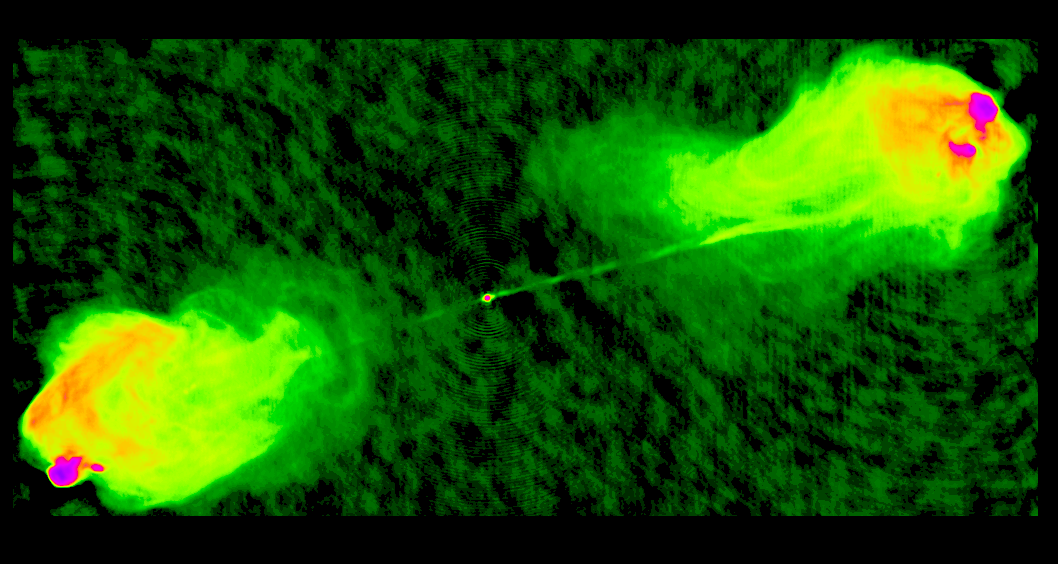
|
This well known image of the radio galaxy Cygnus A is produced from the
combined data from all four VLA configurations (provided by C. Carilli
at NRAO). The dynamic range of the image is about 10^5, and a logarithmic
stretch is shown.
|
HH47 Stellar Jet
|
|
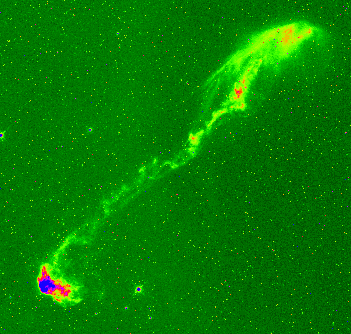
|
Optical Jet from a young star in HH47. This WFPC2 image was
derived from the HST archive by M. Yun (NRAO). Shown in linear
stretch. Image dynamic range is about 1000.
|
Hourglass Nebula
|
|
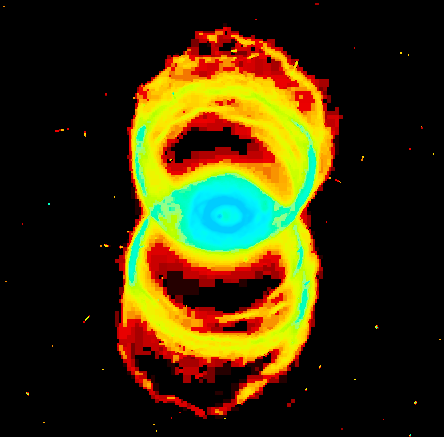
|
HST image of the Hourglass Nebula. A nice imaging challenge as
a high dynamic range is needed to show the contrast between the
fine details against the diffuse structure. A high spatial
dynamical range is needed to reproduce the extended hourglass
feature and the central ring and the star. Shown in logarithmic stretch.
Image dynamic range is at least 5000. |
Protoplanetary/protostellar Disk
|
|
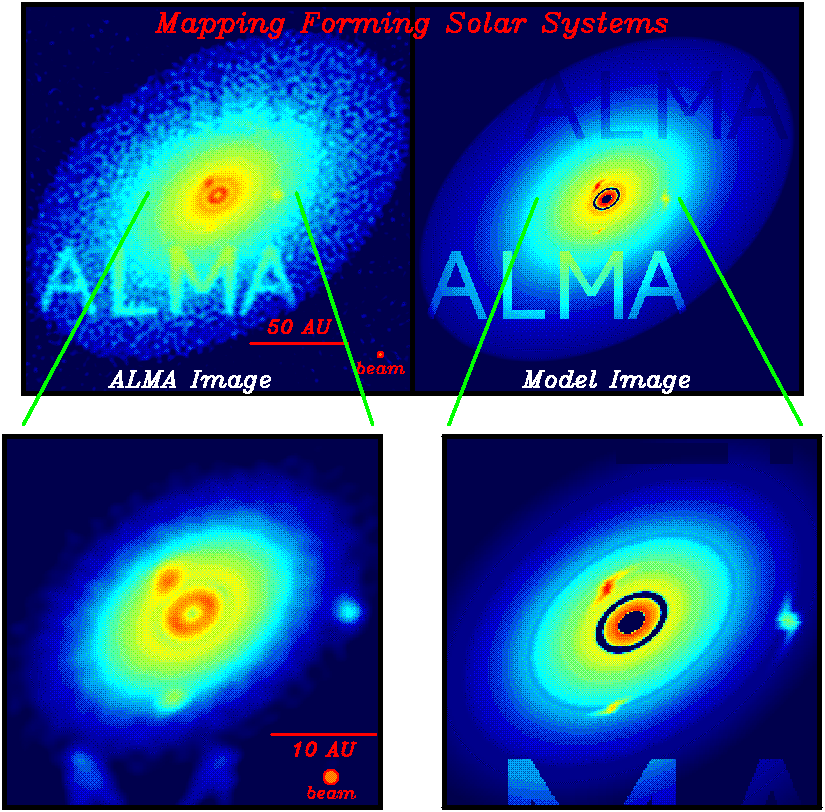
|
Model protoplanetary disk, provided by L. Munday at Maryland.
The simulation shown on the left is using one of the earlier
MMA strawperson configurations.
This offers a similar imaging challenge as the Hourglass Nebula.
|
M51 and M101 in H alpha
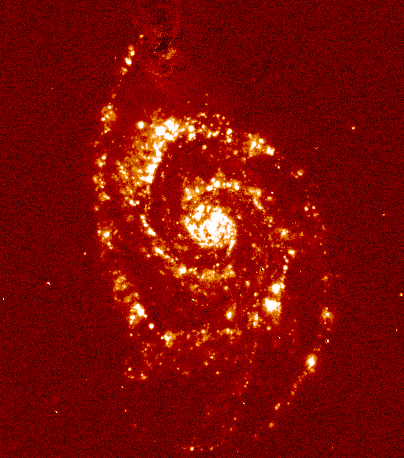

These are continuum subtracted H alpha images of the two nearby
galaxies M51 (NGC 5194; left) and M101 (NGC 5457; right), provided by
D. Thilker at NRAO. These H alpha images should be a reasonable
representation of the atomic FIR lines and other tracers of
massive star formation, and it may be reasonable model for
other molecular transitions as well. Shown in logarithmic stretch.
Image dynamic range is over 1^4 in both cases.
M51 in CO
|
|
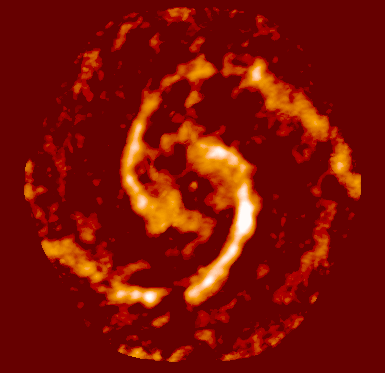
|
CO Mosaic image of M51 from J. Conway. Image dynamic range is
about 200.
|
Mars and Uranus
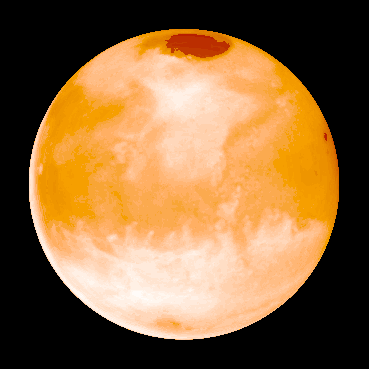
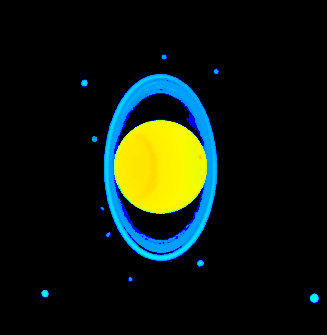
These brightness temperature images of Mars (left) and Uranus (right)
are produced using actual satellite images and model calculations,
provided by B. Butler at NRAO and M. Gurwell at SAO.
ALMA should in principle be able to reproduce these types of images.
These images are shown in linear stretch.
Supernova Remnants
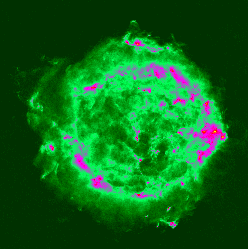
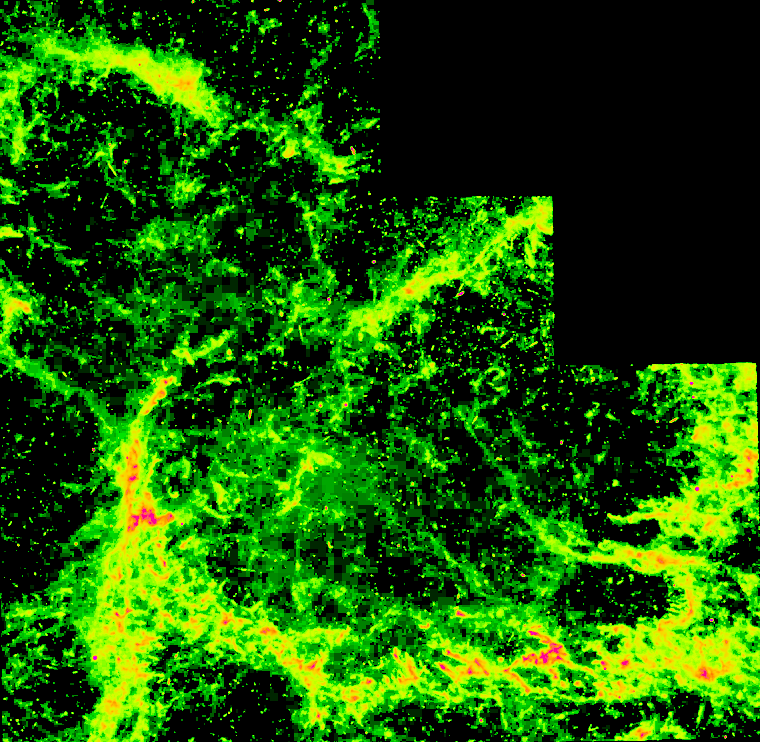
(Left) The multi-configuration 6cm VLA image of Cas-A is one of
the best images ever produced with the VLA, with high DR (>10^5) and spatial
dynamic range (provided by R. Perley at NRAO). It is shown with
a logarithmic stretch, and its dynamic range is over 10^5. (Right) The HST image of
the Crab Nebula (right) shows the filamentary details that should
offer a nice imaging challenge for ALMA (shown in logarithmic stretch).
Image dynamic range is about 500.
Galactic Molecular Gas Complexes
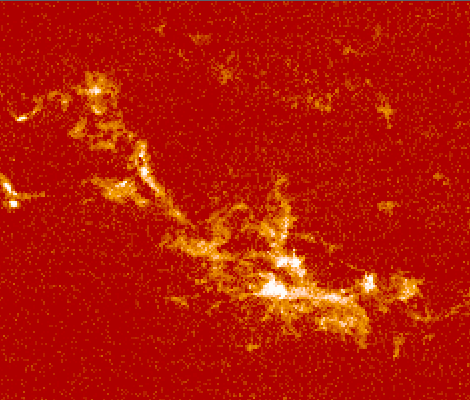
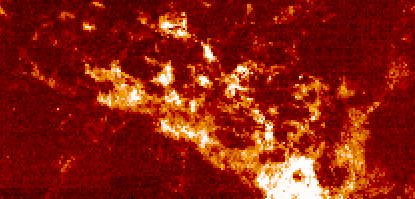
Two integrated CO brightness maps of two Galactic molecular
clouds, provided by M. Heyer at Univ. of Massachusetts.
These are highly filamentary structures with a large range of
spatial scales, shown in linear stretch. Image dynamic range
is only about 100 in both cases.
Galactic Dust Complex
|
|
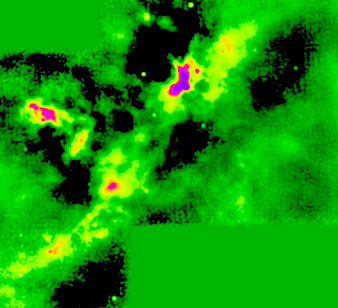
|
850 micron SCUBA image of a Galactic cloud complex, provided by C. Wilson
at McMaster. The dynamic range is about 400 (1 sigma = 0.01 Jy/beam,
strongest feature about 4 Jy/beam) and there are about 120 resolution
elements across the image.
|
10000 Dots
|
|
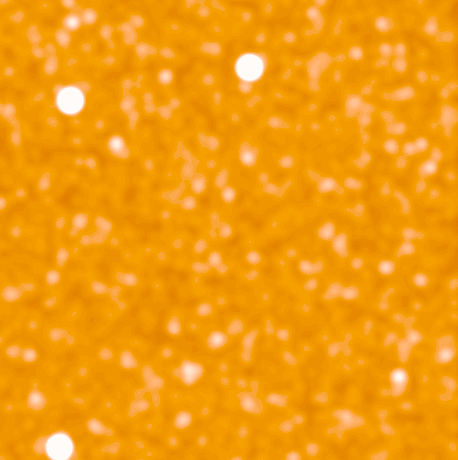
|
10,000 point components chosen accroding to a S^{-1.5} luminosity
distribution (by J. Conway).
|
Min S. Yun
Last modified: April 4, 2000











